Best trailing plants for pots – Embark on a horticultural journey as we explore the enchanting world of trailing plants for pots. These cascading beauties bring a touch of elegance and charm to any indoor or outdoor space, transforming ordinary pots into vibrant works of art.
From lush greenery to vibrant blooms, trailing plants offer a diverse range of options to suit every taste and environment. Whether you’re seeking a dramatic accent for your living room or a cascading curtain of greenery for your patio, this guide will equip you with the knowledge to create stunning displays that will captivate all who behold them.
Identify Best Trailing Plants for Pots
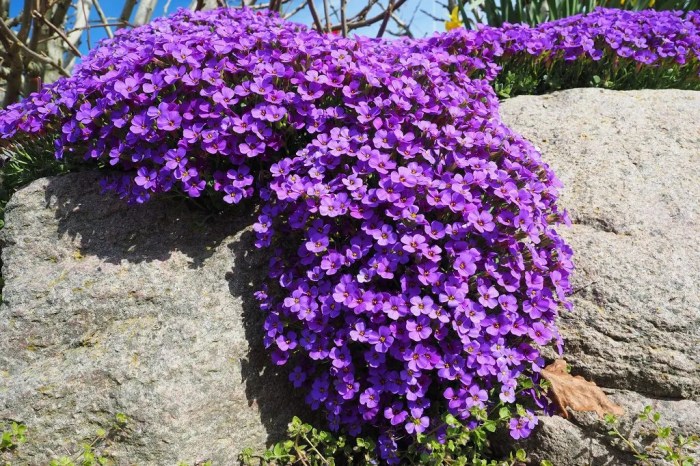
Trailing plants add a touch of elegance and charm to any container garden. They gracefully cascade over the edges of pots, creating a beautiful and lush display. When selecting trailing plants for pots, consider their growth habit, foliage characteristics, and flowering details.
Additionally, ensure the pot size and drainage are suitable for the specific plant’s needs.
Best Trailing Plants for Pots
The following list provides a comprehensive overview of some of the best trailing plants for pots:
- Ivy Geranium (Pelargonium peltatum) : With its cascading stems and vibrant blooms, ivy geranium is a classic choice for hanging baskets and containers. It prefers well-drained soil and thrives in full sun to partial shade.
- Trailing Lobelia (Lobelia erinus) : This compact and versatile plant produces masses of small, vibrant flowers in shades of blue, purple, or white. It tolerates a wide range of conditions, including full sun to partial shade and well-drained soil.
- Creeping Jenny (Lysimachia nummularia) : Known for its bright green foliage, creeping jenny forms a dense mat that cascades over the edges of pots. It prefers moist soil and tolerates partial shade to full shade.
- Sweet Potato Vine (Ipomoea batatas) : With its heart-shaped leaves in various colors, sweet potato vine is a stunning addition to any container garden. It requires well-drained soil and full sun to partial shade.
- Million Bells (Calibrachoa hybrid) : These petite plants produce an abundance of bell-shaped flowers in a wide range of colors. They prefer well-drained soil and full sun to partial shade.
Consider Environmental Factors: Best Trailing Plants For Pots
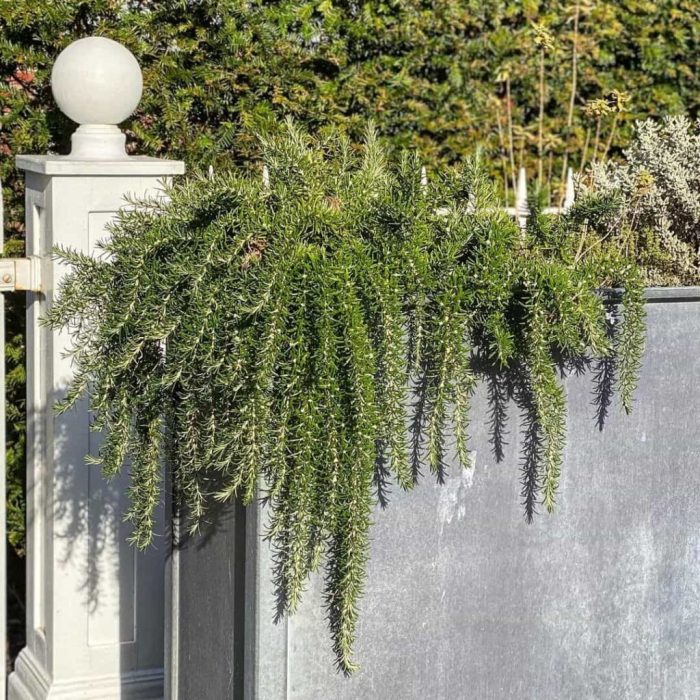
The success of trailing plants in pots depends heavily on their environment. Light conditions, temperature, and humidity play crucial roles in their growth and health. By understanding these factors, you can select the right plants for your specific indoor or outdoor setting and ensure their optimal growth.
Light Conditions, Best trailing plants for pots
Trailing plants have varying light requirements. Some, like ivy and pothos, thrive in low light conditions, while others, such as petunias and lantana, prefer bright, indirect light. When choosing plants for your pots, consider the light conditions in the area where they will be placed.
If you have limited natural light, opt for low-light plants that can tolerate shade.
Temperature
Most trailing plants prefer warm temperatures. However, some, like vinca and lobelia, can withstand cooler temperatures and can even tolerate frost. If you live in an area with cold winters, choose plants that are hardy enough to survive the cold or move them indoors during the colder months.
Traditionally known for their beauty when trailing down from pots, certain plant varieties also make excellent hanging plants for windows. For instance, the pothos, with its long, cascading vines, can brighten up any windowsill. To discover more about hanging plants that thrive in window environments, visit best hanging plants for windows . Upon further exploration, you’ll find that trailing plants for pots, like the string of pearls, can also be effectively utilized as hanging plants, adding a touch of elegance to your indoor spaces.
Humidity
Trailing plants generally prefer humid environments. If the air in your home or outdoor space is dry, you can increase the humidity by misting the plants regularly or placing them on a tray filled with pebbles and water.
Design Considerations for Pots and Containers
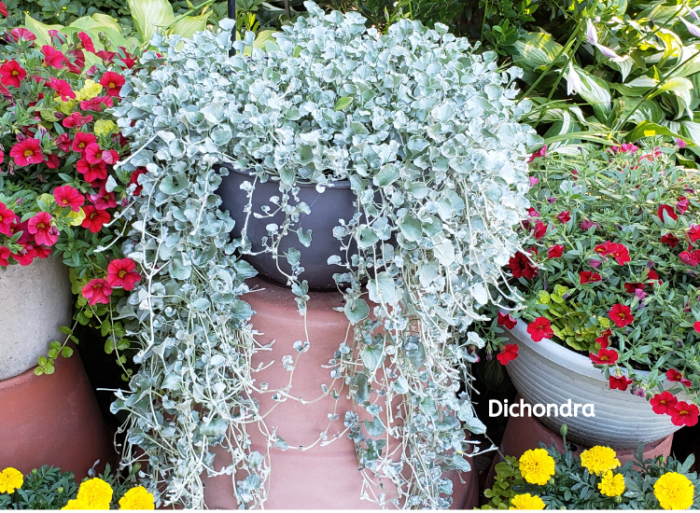
Selecting the right pots or containers for trailing plants can greatly enhance their aesthetic appeal and overall growth. Consider the size, shape, and material of the container, as well as its compatibility with the plant’s root system and water requirements.
Trailing plants are a great way to add a touch of greenery to your home. They can be used to create a lush, cascading effect in pots or hanging planters. If you’re looking for the best plants for indoor hanging planters, be sure to check out our guide to the best plants for indoor hanging planters . We’ve got all the information you need to choose the perfect plants for your space, including tips on how to care for them.
With a little care, your trailing plants will thrive and add beauty to your home for years to come.
For hanging baskets, opt for lightweight containers with drainage holes to prevent waterlogging. Wall-mounted planters can add a vertical element to your garden, while tabletop containers provide a more traditional display.
Combining Trailing Plants in a Single Pot
Combining different trailing plants in a single pot can create a stunning visual display. Choose plants with contrasting colors, textures, and growth habits for a dynamic effect. For example, pair a trailing succulent like Sedum morganianum with a variegated Ivy for a unique combination.
Maintenance and Troubleshooting
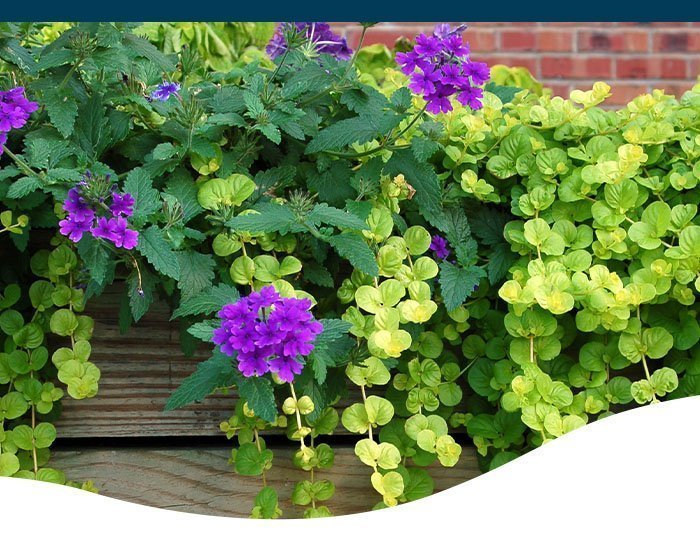
Maintaining trailing plants in pots requires attention to their specific needs. Common problems include pests, diseases, and nutrient deficiencies. Pests such as aphids, spider mites, and mealybugs can be controlled with insecticidal soap or neem oil. Diseases like root rot and powdery mildew can be prevented by ensuring proper drainage and air circulation.
Nutrient deficiencies can be addressed by fertilizing regularly with a balanced liquid fertilizer.
Trailing plants are an excellent choice for adding a touch of greenery to any home, and they can be especially effective when placed in pots. If you’re looking for the best trailing plants for pots, you’ll want to consider factors such as light requirements, water needs, and growth rate.
For example, the best indoor plant for hanging basket may also be a great choice for a pot on a sunny patio or balcony. Other popular trailing plants for pots include ivy, pothos, and spider plants.
Repotting and Rejuvenation
Regular repotting is essential for trailing plants as they outgrow their containers. Repotting provides fresh soil, nutrients, and space for root growth. Rejuvenation techniques, such as pruning and dividing, can help rejuvenate overgrown or leggy plants. Pruning involves removing old or damaged stems to encourage new growth, while dividing involves separating the plant into smaller sections to create new plants.
Inspirational Ideas and Examples
Trailing plants can transform any space, adding a touch of greenery and elegance. Here are a few inspirational ideas and examples to get you started:
Indoor Oasis
Bring the outdoors in with trailing plants like ivy, ferns, and pothos. These plants thrive in indoor environments and can create a lush, inviting atmosphere. Hang them from baskets or place them on shelves and tables to add height and interest to your space.
Outdoor Sanctuary
Trailing plants can also add beauty to your outdoor living areas. Use them to create a living wall on your patio or balcony, or let them cascade over the edges of planters and window boxes. Choose plants that are suitable for your climate and provide them with the right amount of sunlight and water.
Before-and-After Transformations
Trailing plants can make a dramatic difference in the look of your home. Here are a few before-and-after transformations to show you just how much they can impact your décor:
- A bare living room is transformed into a cozy oasis with the addition of trailing ivy and ferns.
- A plain balcony is turned into a lush retreat with trailing plants cascading over the railings.
- A dull window box is brought to life with a vibrant mix of trailing flowers and foliage.
Photo Gallery and Design Mood Board
For even more inspiration, check out our photo gallery and design mood board featuring beautiful examples of trailing plants used in various settings.
Whether you’re looking to add a touch of greenery to your indoor space or create a lush outdoor oasis, trailing plants are a versatile and beautiful option. With a little creativity, you can use them to transform your home into a welcoming and inviting space.
Last Recap
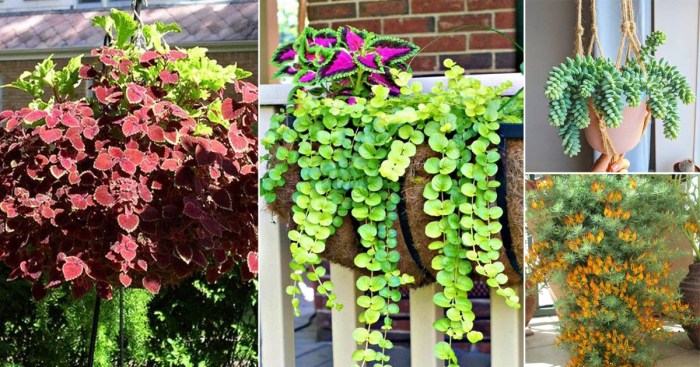
With their ability to add vertical interest, purify the air, and create a sense of tranquility, trailing plants are an invaluable asset to any home or garden. By following the tips and recommendations Artikeld in this guide, you can harness the beauty and benefits of these exceptional plants to transform your living spaces into verdant oases.
General Inquiries
What are the best trailing plants for beginners?
Spider plants, pothos, and English ivy are excellent choices for beginners due to their hardiness and ease of care.
How often should I water trailing plants in pots?
Water trailing plants when the top inch of soil feels dry to the touch. Avoid overwatering, as this can lead to root rot.
Can I grow trailing plants in hanging baskets?
Yes, hanging baskets are an ideal way to showcase trailing plants and create a dramatic visual effect. Ensure the baskets have adequate drainage holes.